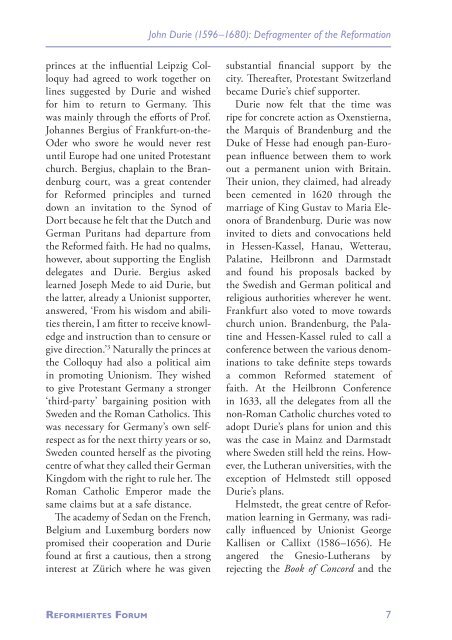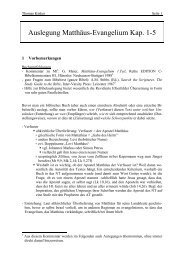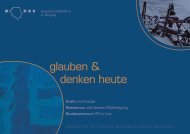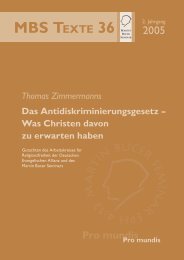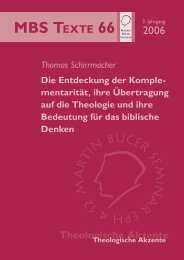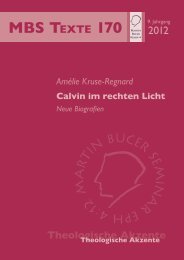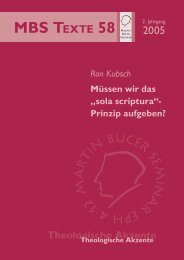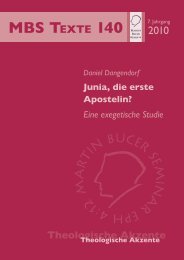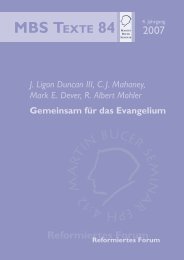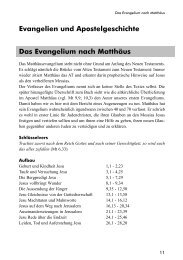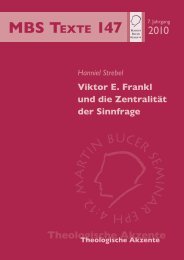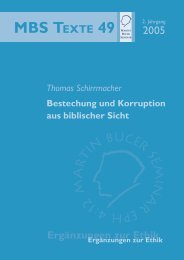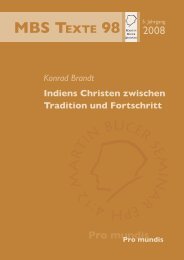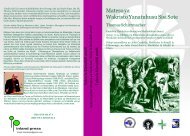You also want an ePaper? Increase the reach of your titles
YUMPU automatically turns print PDFs into web optimized ePapers that Google loves.
<strong>John</strong> <strong>Durie</strong> (1596–1680): Defragmenter of the Reformationprinces at the influential Leipzig Colloquyhad agreed to work together onlines suggested by <strong>Durie</strong> and wishedfor him to return to Germany. Thiswas mainly through the efforts of Prof.Johannes Bergius of Frankfurt-on-the-Oder who swore he would never restuntil Europe had one united Protestantchurch. Bergius, chaplain to the Brandenburgcourt, was a great contenderfor Reformed principles and turneddown an invitation to the Synod ofDort because he felt that the Dutch andGerman Puritans had departure fromthe Reformed faith. He had no qualms,however, about supporting the Englishdelegates and <strong>Durie</strong>. Bergius askedlearned Joseph Mede to aid <strong>Durie</strong>, butthe latter, already a Unionist supporter,answered, ‘From his wisdom and abilitiestherein, I am fitter to receive knowledgeand instruction than to censure orgive direction.’ 3 Naturally the princes atthe Colloquy had also a political aimin promoting Unionism. They wishedto give Protestant Germany a stronger‘third-party’ bargaining position withSweden and the Roman Catholics. Thiswas necessary for Germany’s own selfrespectas for the next thirty years or so,Sweden counted herself as the pivotingcentre of what they called their GermanKingdom with the right to rule her. TheRoman Catholic Emperor made thesame claims but at a safe distance.The academy of Sedan on the French,Belgium and Luxemburg borders nowpromised their cooperation and <strong>Durie</strong>found at first a cautious, then a stronginterest at Zürich where he was givensubstantial financial support by thecity. Thereafter, Protestant Switzerlandbecame <strong>Durie</strong>’s chief supporter.<strong>Durie</strong> now felt that the time wasripe for concrete action as Oxenstierna,the Marquis of Brandenburg and theDuke of Hesse had enough pan-Europeaninfluence between them to workout a permanent union with Britain.Their union, they claimed, had alreadybeen cemented in 1620 through themarriage of King Gustav to Maria Eleonoraof Brandenburg. <strong>Durie</strong> was nowinvited to diets and convocations heldin Hessen-Kassel, Hanau, Wetterau,Palatine, Heilbronn and Darmstadtand found his proposals backed bythe Swedish and German political andreligious authorities wherever he went.Frankfurt also voted to move towardschurch union. Brandenburg, the Palatineand Hessen-Kassel ruled to call aconference between the various denominationsto take definite steps towardsa common Reformed statement offaith. At the Heilbronn Conferencein 1633, all the delegates from all thenon-Roman Catholic churches voted toadopt <strong>Durie</strong>’s plans for union and thiswas the case in Mainz and Darmstadtwhere Sweden still held the reins. However,the Lutheran universities, with theexception of Helmstedt still opposed<strong>Durie</strong>’s plans.Helmstedt, the great centre of Reformationlearning in Germany, was radicallyinfluenced by Unionist GeorgeKallisen or Callixt (1586–1656). Heangered the Gnesio-Lutherans byrejecting the Book of Concord and theReformiertes Forum 7


